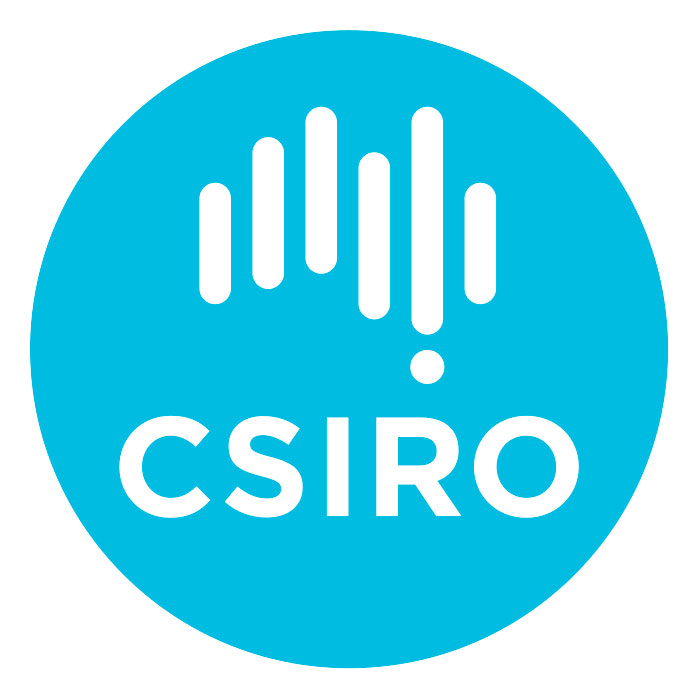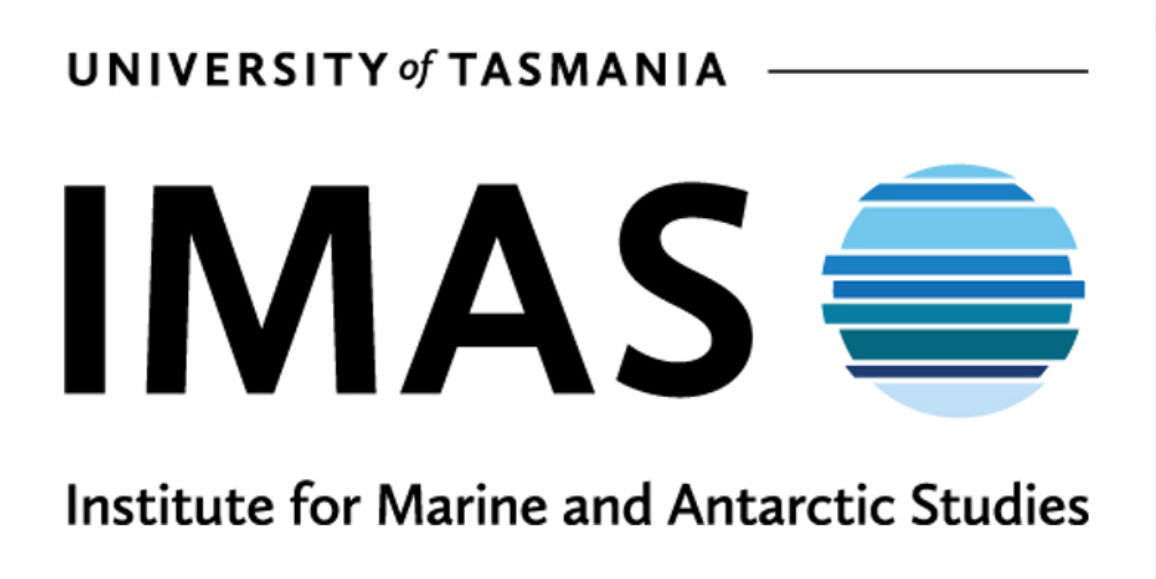Capturing an animal’s most favourable genes is vital for their successful domestication and production, whether it is selecting for growth or other traits like meat or flesh quality.
With Atlantic salmon, the early traits selected in breeding programs were high growth rates and increased resistance to amoebic gill disease (AGD). In recent times, the industry has been planning for warmer average temperatures in most areas of Tasmania, so fish are also being selected for temperature tolerance.
Warmer temperatures mean that Atlantic salmon can grow to a harvestable size within 16–18 months – but faster growth comes at a cost. While it is a benefit in the natural environment, early maturing in an aquaculture environment can cause major problems. This includes decreased growth and feed conversion efficiency, reduced product quality, and increased susceptibility to disease that can result in significant stock losses.
To address these issues, CSIRO embarked on a 7-year selective breeding project in 2004 with Salmon Enterprises of Tasmania (SALTAS). The aim: to further expand the salmon breeding industry and reduce costs, by improving fish health, warmer water tolerances, seawater growth rates, disease resistance, maturation rates, and fillet colour and oil content.
With genomic selection, growth rates of Atlantic salmon stock were increased by more than 35%, generating an estimated impact value of almost AUD 170 million. Project reports are available on the CSIRO website along with more information about CSIRO’s selective breeding research.



